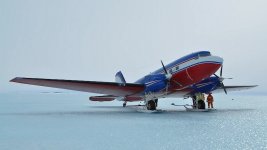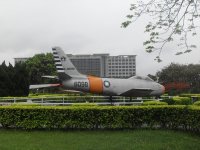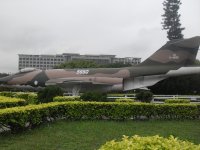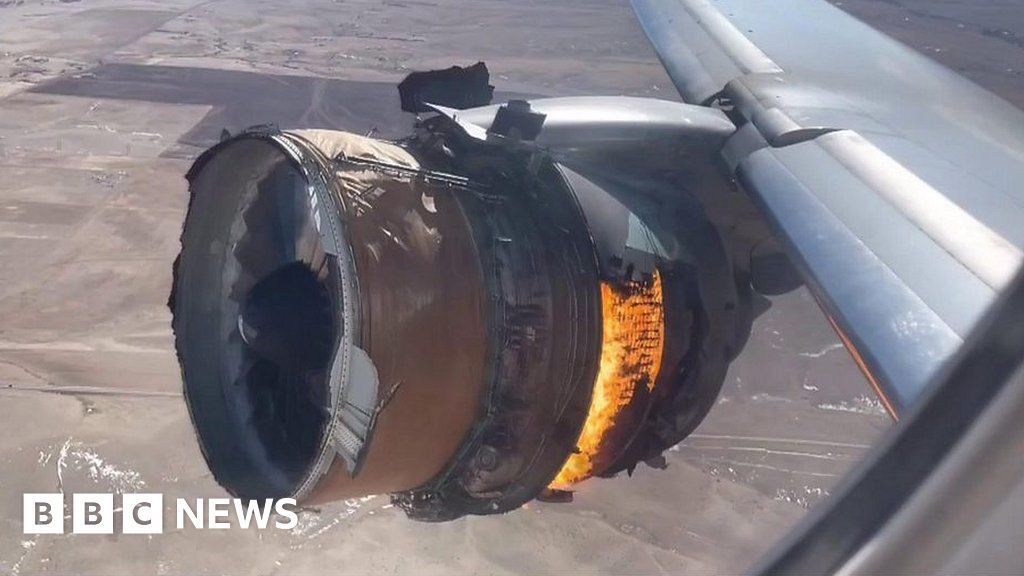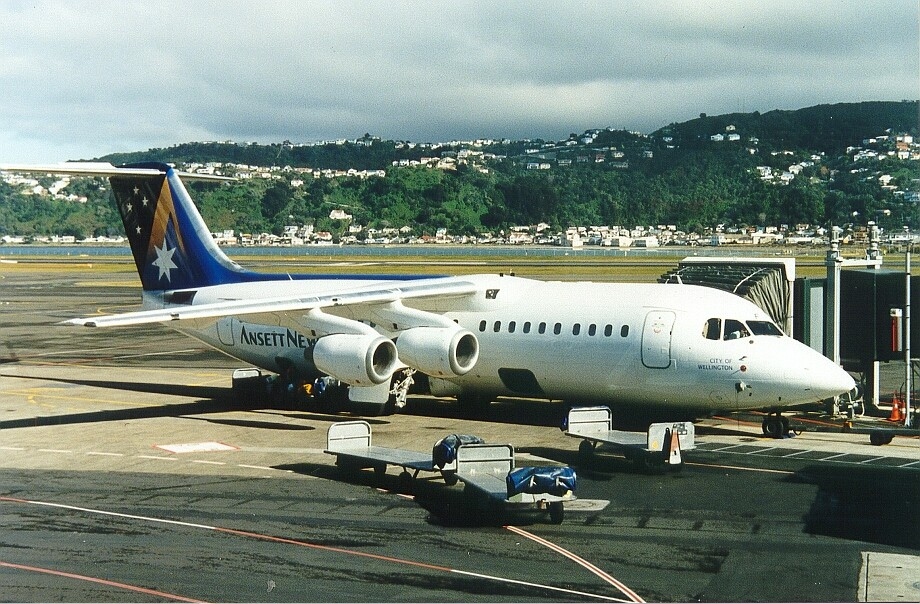KenM
Well-known member
Is it one of these Ken? “Last year, BAE Systems was awarded a four-year £42 million contract from the Ministry of Defence for the support of the fleet of four BAE 146 aircraft operated by 32 (The Royal) Squadron from RAF Northolt in West London.”
Looks like you've nailed it Richard if Johns anything to go by!Dead on, Richard, good ID!
John







